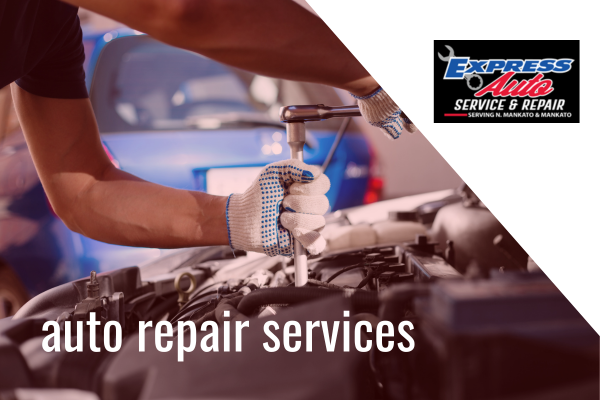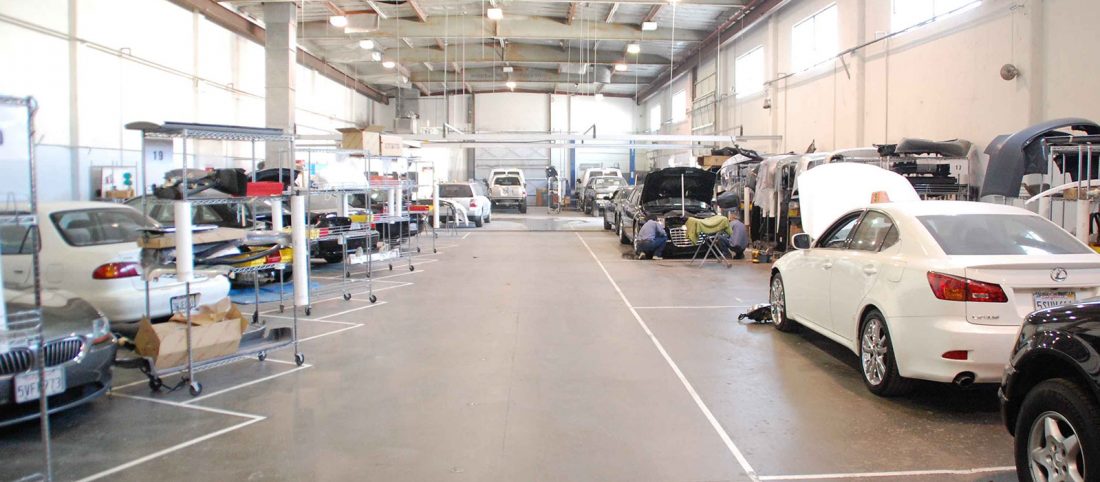All Categories
Featured

[/image]

Two vital services that are commonly ignored however have a substantial influence on tire longevity and performance are tire rotation and alignment. Let's dive right into what tire turning and alignment are and why they're crucial for your auto.
What Is Tire Rotation? Tire rotation is the procedure of moving your tires from one setting to an additional to guarantee they wear equally. Given that your cars and truck's tires operate at different rates depending upon their setting (front tires versus back tires), turning them routinely helps to distribute the wear equally, causing a much longer life expectancy for your tires.
Tires on the front axle have a tendency to wear quicker than those on the back axle, particularly in front-wheel-drive cars and trucks, where the front tires manage both steering and power. On the other hand, rear tires could use unevenly depending upon the automobile's weight distribution and driving problems. By rotating your tires every 6,000 to 8,000 miles (or as recommended by the supplier), you'll make certain an extra well balanced wear pattern.
What Is Tire Placement? Tire positioning, also called wheel placement, refers to changing the angles of your automobile's wheels to the producer's requirements. Proper positioning guarantees that your tires are directing in the appropriate direction, and it assists make best use of tire life and enhance car handling. There are 3 primary aspects of alignment: camber, caster, and toe.
Camber refers to the tilt of the tires from the front of the automobile. If your tires are tilted way too much internal or outward, it can create uneven wear. Caster describes the angle of the guiding axis when viewed from the side of the vehicle. This influences the security of the guiding, particularly when driving directly. Toe refers to the angle at which the tires point inward or exterior when viewed from above. This impacts exactly how your automobile tracks on the road. A correct placement ensures that all 4 tires are directing right ahead and are tilted correctly. Misalignment can result from striking fractures, visuals, or simply from the wear of suspension parts in time.
Why Tire Rotation and Positioning Issue. Extended Tire Life. Both tire turning and placement help stop uneven tire wear. When your tires put on evenly, they last longer, which can conserve you money in the future by minimizing the need for premature replacements.
Improved Security. Appropriate tire rotation and alignment boost automobile stability and handling. Misaligned tires or unevenly used tires can negatively influence your capacity to steer and stop your car, especially in emergency scenarios. Normal upkeep ensures your tires carry out ideally, providing a safer driving experience.
Much Better Fuel Effectiveness. If your tires are not lined up correctly, they may drag versus the roadway surface area, causing resistance. This extra friction can reduce fuel performance, triggering your automobile to take in more gas. Routine tire positioning makes certain that your vehicle relocates efficiently, improving gas mileage.
Enhanced Comfort. Imbalance or unevenly used tires can lead to a rougher trip, as your auto might draw away or cause vibrations. By maintaining your tires revolved and lined up, you'll delight in a smoother and extra comfortable driving experience.
Indications That Your Tires Required Rotation or Placement. It's vital to remain sharp for any indications that your tires require turning or alignment. Look out for these usual indications:
Irregular Tire Wear: If you see that tire is considerably much more worn than the others, it may be time for a turning or alignment. Steering Pull: If your cars and truck draws away while driving right, this could show misalignment. Vibrations: If you feel resonances in the steering wheel or the automobile itself, it can be an indicator of misalignment or uneven tire wear. Squealing Tires: Uncommon tire noise can additionally indicate incorrect placement or the demand for a tire rotation. How Frequently Should You Revolve and Straighten Your Tires? Tire rotation must normally be done every 6,000 to 8,000 miles or as defined in your automobile's owner's guidebook. It's an excellent concept to turn your tires during every oil change, as this will certainly assist you remain on top of regular maintenance.
As for positioning, it does not require as regular solution. Commonly, placement needs to be examined at the very least yearly or whenever you observe problems like pulling away or resonance. You may also require positioning if you have actually struck a big hole or aesthetic, which can toss your wheels out of alignment.
Conclusion: Keep Your Tires in Leading Shape. Tire rotation and positioning are essential services that maintain your automobile running smoothly, securely, and successfully. By taking the time to have your tires revolved and straightened regularly, you're buying your vehicle's performance and durability, while also improving your safety and security on the road. Keep aggressive with tire maintenance, and your car will certainly thank you with far better fuel economic situation, enhanced handling, and extended tire life.
Latest Posts
Take Advantage of Special Auto Repair Offers in Chicago at Montclare Auto Repair
Secure and Improve Your Home with Weathercraft's Exterior siding Solutions
Explore Budget-Friendly Auto Repairs with Montclare’s Monthly Service Specials
More
Latest Posts
Take Advantage of Special Auto Repair Offers in Chicago at Montclare Auto Repair
Secure and Improve Your Home with Weathercraft's Exterior siding Solutions
Explore Budget-Friendly Auto Repairs with Montclare’s Monthly Service Specials